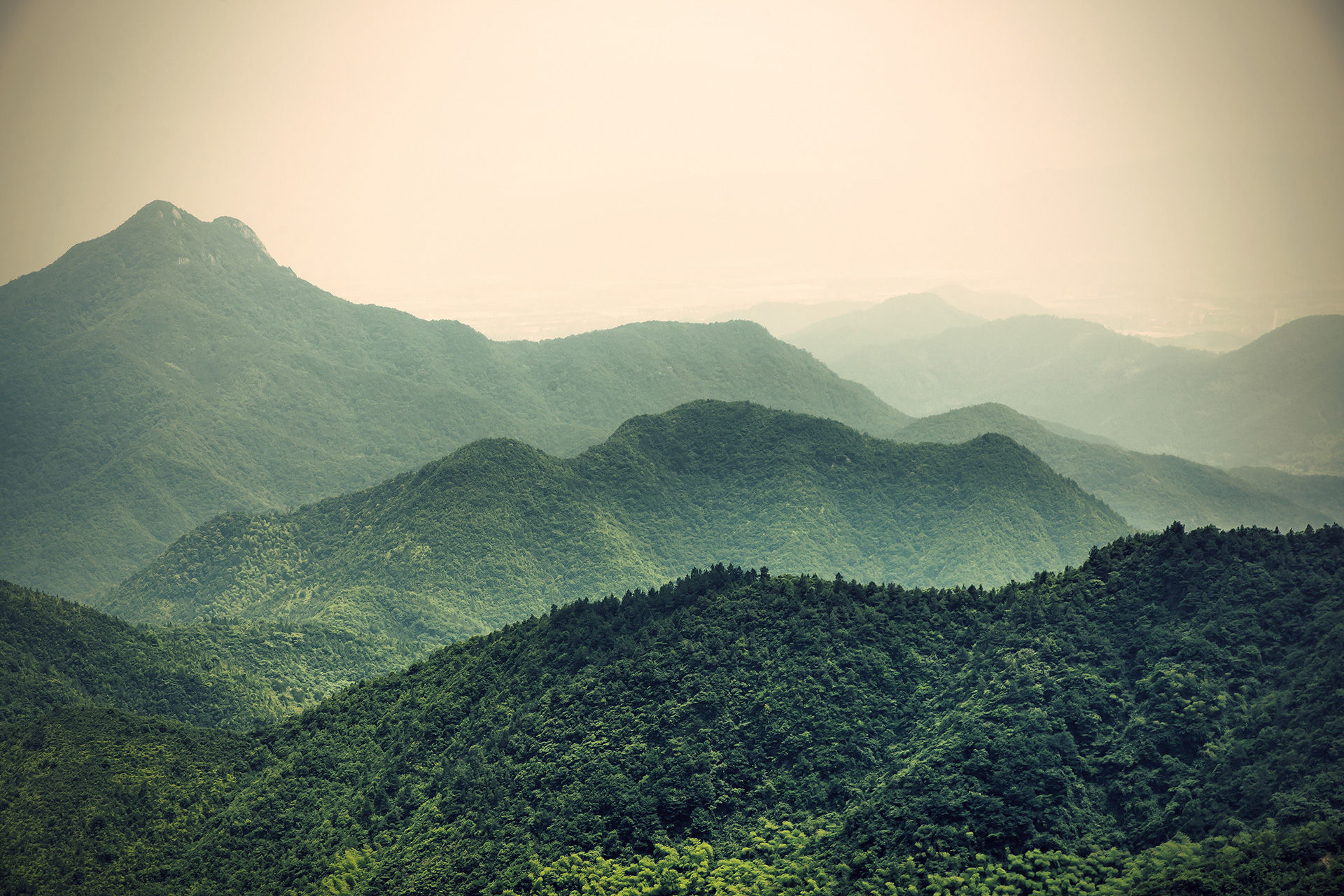Week 6: Character Artist Job Role Survey Answers
- Zhané James-Marshall
- Nov 10, 2016
- 4 min read
Note: This post will be updated as more responses come in.
1. What does your job role mainly entail?
Lead character artist. In charge of look and technical specs of all characters and creatures.
Overseeing and creation of characters in the game. Through until it's fully integrated and bug free.
My main role is Character creation for the Video game industry. Also the daily running operations of my business :)
Creating character assets for a variety of companies.
2. What's your pipeline for creating characters? (How long does each stage usually take)
Proxy mesh > hi res sculpt > in game mesh > UVs > textures and materials. Then rigging and facial blend-shapes.
Anywhere from 1 - 2 months
Depends on scope project and use; some take 1 month.
Others that require complex hair, strange tech, facial animation with blend shapes can take 4 months.
Character Creators will usually take dedicated teams entire project duration (2-3 years with several artists).
Each stage varies greatly depending on the complexity of the character:
ZBrush sculpting
Export high res sculpted model
Low poly creation in Topogun
UV mapping in Maya
Texture work with Quixel Suite
Blockout (1-2 days), Sculpt (about 5 days), Retopo and UV (2 days), Texturing and Final feedback (3-4 days)
3. What software do you use?
Maya, Mudbox and ZBrush and Unreal
3ds Max, Maya, ZBrush, Photoshop, Substance, Marmoset, xNormal, Knald, headusUV Unwrap, IPackThat
ZBrush, Photoshop, Quixel Suite, Maya, Topogun, Substance Painter, Marmoset, UE4, xNormal, Marvelous Designer
3ds Max, ZBrush, Substance Painter, Marmoset Toolbag
4. What specifications do you work with? (Tri-count per character) *Question edited for clarity
Depends on character. 50 - 100k tris
Ranges between background characters to foreground to tech.
8k to 150k TressFX hair is technically triangles too but rendered differently.
Between 50k to 300k per haircut.
Technical specifications jump so drastically between projects and scope and target platform.
Other huge issues are:
Pixel density
Texel density
Draw calls
Texture fetches
Transparency type
Memory loaded per zone (affects texture size)
Physics
AI
Shader Instructions
Many many many more that affect frame rates, which affect the constraints.
The amount of tris used per character:
it can vary from 10k all the way up to my max so far 90k
For this project (top down strategy genre)
around 20k tris
5. What texture maps do you use? What size?
We use a mms system (multi material system) but in general diffuse, normal, roughness, specular
4K
Depends.You use what you see. If you don't see it, you shrink it to the scale that is seen (tools used to determine this).
Types we use: Albedo, Normal, Roughness, Specular, and Ambient Occlusion
Masks for: Detail, SSS, Metalness, Transmission, Fresnel, Emissive, Transparency.
Everywhere from several 4096 textures to a single 512.
PBR based maps
4k maps for creation
2k-1k maps in game.
Whatever is required, in this case:
2 sets of 2048 maps, and the Substance file so the client can extract textures as necessary
6. What are the most common issues you come across during a project, and how are they solved?
There are lots. Budget constraints and change of design are common.
There are compromises that need to happen.
Frame rate.
Cutting back and optimising.
Every project has their own challenges and most or overcome with experience.
Trial and error or research.
Resolving inconsistencies in the concept art is a common problem.
Solving it requires back and forth feedback and paintovers from the art director and iterating until the client is satisfied.
7. How do you manage your time?
I have a producer that helps with scheduling and deadlines. I am 50/50 manager and artist.
I let managers manage my time. I just do or fix the most imperative tasks.
Effectively! If not I would be out of business :) Seriously though, everything is written down and I know through experience how long any one certain aspect will take me, and I manage my time accordingly.
Me and the client agree upon a time estimation and price per day before hand, I give myself more time than I think I'd need in order to deal with feedback and any unforeseen problems that could come up.
8. What teams are involved in creating your characters?
Design, Tech, Concept, Animation and Character Art.
Character, Tech Art, Tech Animation, and Animation.
Just little old me.
Rigging, Animators and Technical Artists.
9. When you've finished the character who does it go to next? What checks do you have to go through to make sure it's ready?
Ensure facial animation works well and topology works with rigging.
We often tweak characters through our entire project.
Tech animation.
They'll tell us what we missed.
Either to the client or outsourcer that provided me with the work.
Everything has to work within the engine properly and if not, I'll address it until it meets the clients' expectations.
It goes to the rigging team.
I check to make sure there's no overlapping verts/edges, unwanted gaps in the mesh, and good topology for animation.
10. What do you consider to be a game-ready character?
A character that is ready for rigging and had all the blend-shapes and materials correct. Also has sign off from AD.
Running optimally in game in its proper setting. Fully animated without any problems.
One that doesn't break under the might of an animator :) And if the client is happy, I'm happy (sort of, I'm never fully happy with my creations - guess it's an artist thing).
Anything that's running in realtime in a game engine/model viewer, with proper topology suitable for animation (e.g. a decimated sculpt doesn't count as 'game ready' if the character has to animate).








Comments